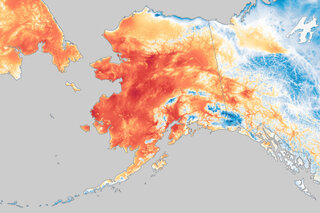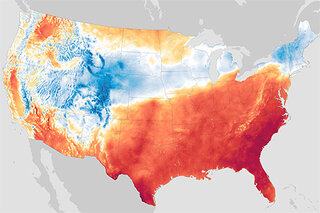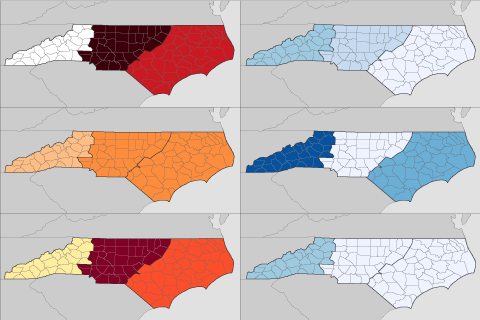
Women from states in the U.S. Southeast have the highest rates of premature deliveries in the country. Extreme heat plays a role.

If you missed our August 29 tweet chat, here's the transcript. Read what the fire and smoke experts had to say about the FIREX-AQ field campaign and its mission to study what's in the smoke from wildfires and agricultural burning.
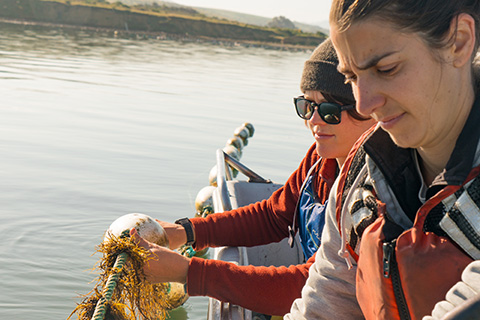
Looking for a sustainable alternative to harvesting wild seaweed, a small California company partnered with a commercial oyster grower to test-farm native seaweeds. The crop reduced pollution and buffered local ocean acidification.
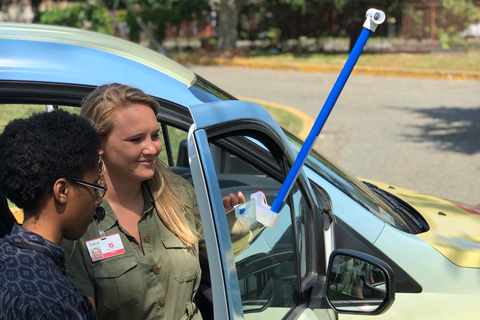
With specially designed sensors mounted on their own cars, volunteers in each city will drive pre-planned routes, recording heat and humidity as they go. Scientists will stitch their results into a detailed map showing the hottest parts of each city.
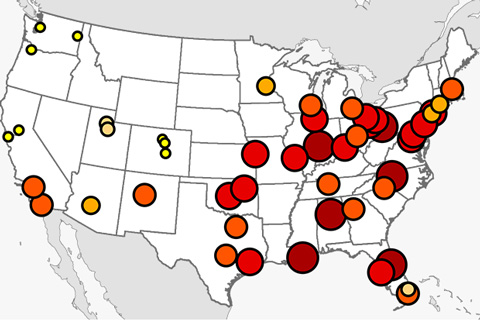
From extreme heat to infectious diseases, the impacts of human-caused global warming are a threat to human lives. According to the latest National Climate Assessment, thousands of lives could be saved in the U.S. by reducing greenhouse gases and improving resilience to climate change.
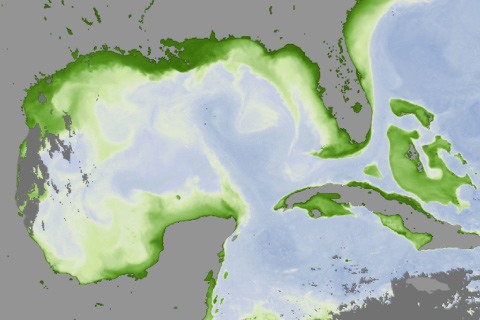
The devastating floods in the Missouri and Mississippi basins aren't the end of the problems caused by the wet spring in 2019. Fertilizer overload from high river runoff is forecast to lead to a very large dead zone in the Gulf of Mexico later this summer.
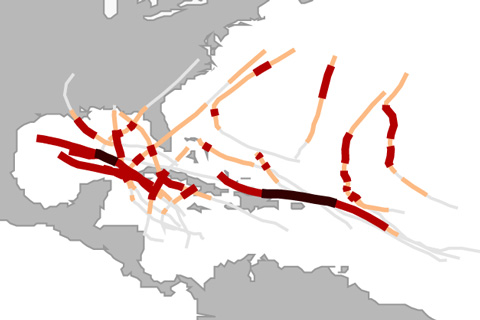
Pulled from the Fourth National Climate Assessment report published in November 2018, this FAQ explains what we know about the connection between global warming and Atlantic hurricanes.

During active hurricane eras, a persistent zone of high vertical wind shear along the U.S. East Coast provides protection from rapidly intensifying hurricanes. With high emissions, that shear is projected to relax.
